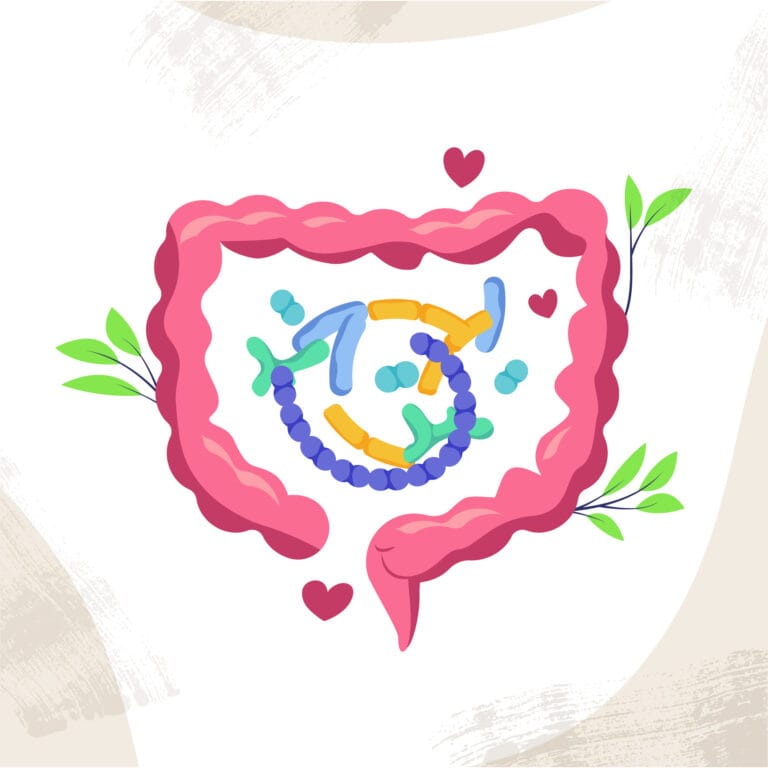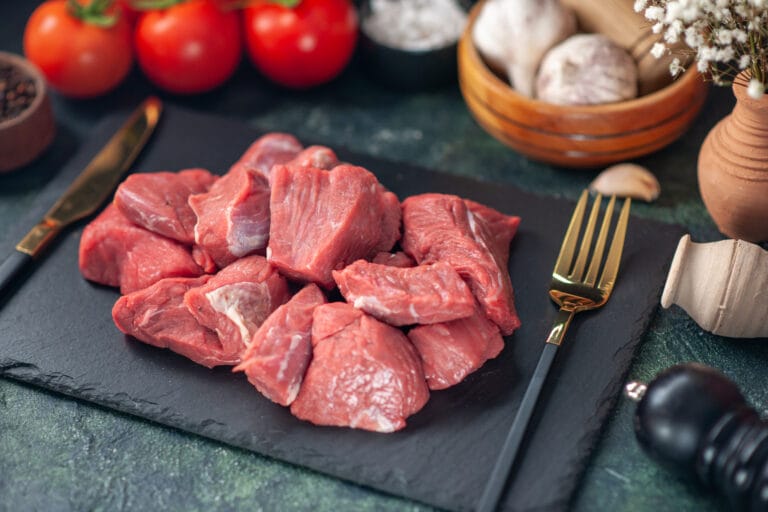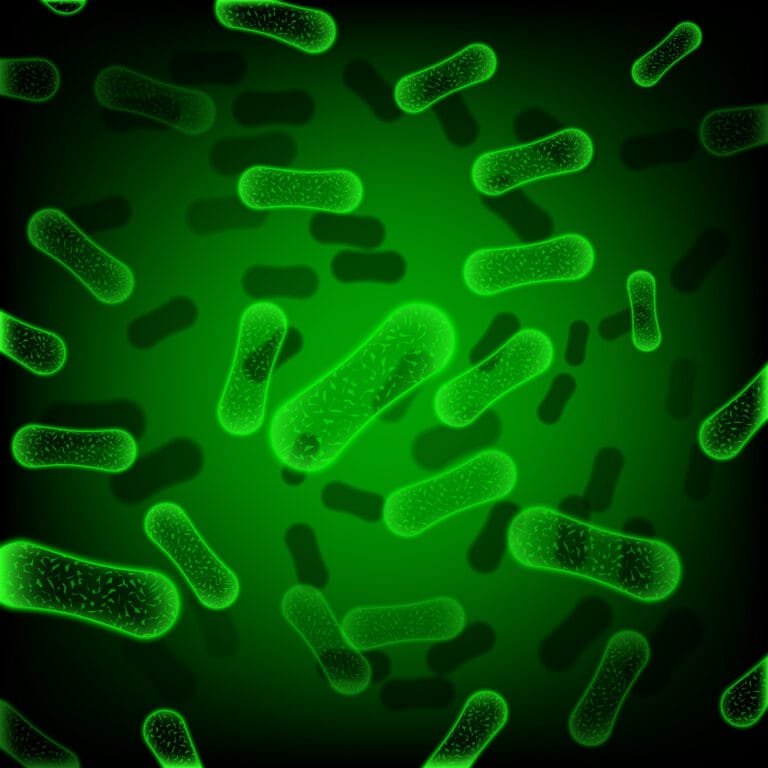
The Latiao Contamination Case: Food Safety Challenges in Indonesia

- The Role of Microorganisms and Safe Limits in Food
- Types of Microorganisms That Cause Contamination and Disease
- The Latiao Case and Weak Food Safety Oversight in Indonesia
- Understanding Bacillus Cereus Bacteria and Its Contamination Mechanisms
- How to Control Food Contamination
During hot weather, food tends to spoil faster due to the rapid growth of microorganisms such as bacteria and fungi caused by high temperatures. In addition to this, natural toxins like mycotoxins, produced by certain types of mold, can also contaminate food. Food contamination happens when food comes into contact with harmful substances. This is usually caused by microorganisms, mycotoxins (such as aflatoxin, ochratoxin, and patulin), or dangerous chemicals like pesticides, heavy metals, and even plastic. These substances are widespread in the environment and can unintentionally enter our food chain.
The Role of Microorganisms and Safe Limits in Food
While most microorganisms are actually beneficial for human health, helping maintain the microbial balance in our digestive system, the term “contaminated” or “hazardous” is used when these microorganisms exist in excessive amounts. In fact, the human gut contains between 100,000 and 100,000,000 microorganisms. Contamination becomes a concern when this balance is disrupted.
Microbial contamination often results from poor hygiene or improper food handling. One common issue is cross-contamination between raw and cooked food. Contaminated utensils can also transmit viruses, and if kitchen tools come into contact with infected food or water, they can become vectors of contamination. Food that has been contaminated has a limited shelf life and can cause a variety of illnesses if consumed.
Types of Microorganisms That Cause Contamination and Disease
Common microorganisms found in food include Salmonella, Staphylococcus aureus, Bacillus cereus, Vibrio parahaemolyticus, Listeria monocytogenes, and Escherichia coli. These pathogens are often associated with food poisoning cases. Additionally, viruses like norovirus are known to cause gastroenteritis. Individuals infected with hepatitis viruses (HCV and HBV) can contaminate food products, especially seafood, making them potential sources of infection.
The Latiao Case and Weak Food Safety Oversight in Indonesia

In 2024, the Indonesian Consumers Foundation (YLKI), a nonprofit organization advocating for consumer rights, urged the government to take firm action regarding the circulation of illegal snacks for children imported from China. Laboratory tests by Indonesia’s Food and Drug Monitoring Agency (BPOM) revealed that these snacks were contaminated with Bacillus cereus. Several elementary school students from Cidadap 1 in Sukabumi experienced symptoms like dizziness, nausea, and vomiting after consuming them. According to YLKI representative Sudaryatmo, weak regulatory oversight in Indonesia allows substandard Chinese products to enter the country easily.
Understanding Bacillus Cereus Bacteria and Its Contamination Mechanisms
Bacillus is a gram-positive bacterium capable of forming spores to survive harsh environmental conditions. These spores can enter food either directly or through damaged packaging exposed to air. When environmental conditions become favorable, the dormant spores reactivate, and the bacteria thrive—especially in carbohydrate-rich foods—producing toxins that make the food unsafe for consumption. Contamination can occur during production, distribution, or even after the product reaches the consumer.
How to Control Food Contamination
To prevent contamination, food handling must follow Good Manufacturing Practices (GMP) and Hazard Analysis and Critical Control Points (HACCP) standards.
1. Good Manufacturing Practices (GMP)
GMP provides guidelines to ensure food hygiene and safety during production, emphasizing cleanliness, disinfection, and sanitation of facilities. Staff must be trained in microbiological food quality.
2. Hazard Analysis and Critical Control Points (HACCP)
Meanwhile, HACCP is a science-based food safety management system that identifies and controls potential hazards throughout the food production chain. It involves pinpointing critical control points and implementing strict measures to prevent health risks. This system is particularly effective against microbial contamination, such as E. coli, using scientific monitoring and diagnostic tools like PCR to detect and analyze microbial contaminants.
Food contamination can damage a brand's reputation and endanger consumers. Ensure your products meet food safety standards by conducting microbiological, heavy metal, and chemical contamination testing at IML Research. Our team of experts is ready to help you ensure your food products are safe, high-quality, and comply with BPOM regulations. Consult with IML Research's expert team for your product lab testing needs for free!
Author: Safira
Editor: Sabilla Reza
References:
Antara. 2024. Indonesian Consumers Foundation Calls for Crackdown on Unsafe Chinese Latiao Snacks. Tersedia: https://jakartaglobe.id/lifestyle/indonesian-consumers-foundation-calls-for-crackdown-on-unsafe-chinese-latiao-snacks, diakses pada 22 Mei 2025.
Qasim, W. S., Alomari, S. M., Jalal, J. M. Z., Al-Hamadany, A. Y. M., & Saadi, A. M. (2024). Contaminated microorganisms in food: A review. IAR Journal of Agricultural Science and Food Research. https://doi.org/10.47310/iarjsfr.2024.v0i401.003



